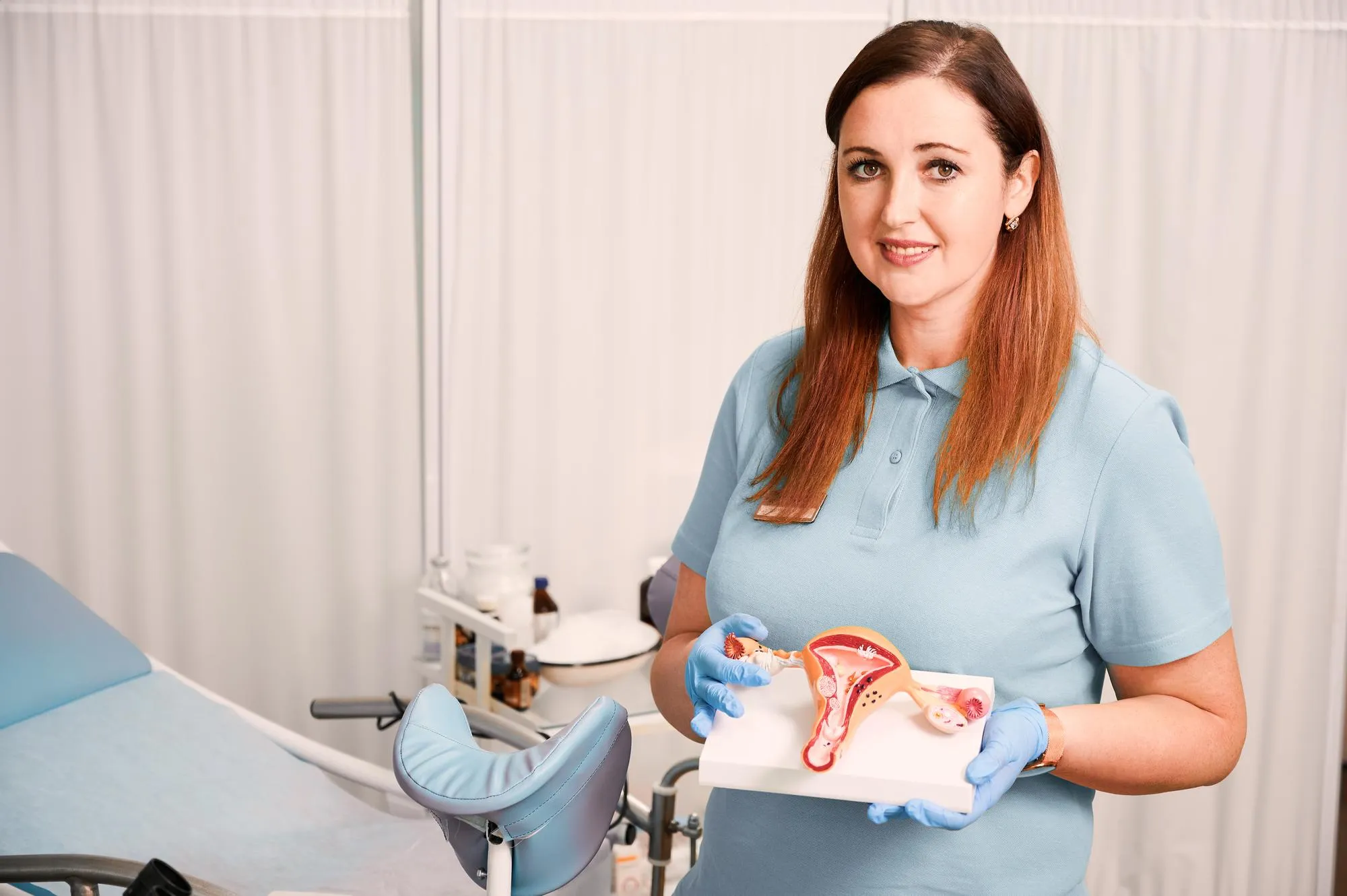On the cusp of medical innovation, a significant study has taken place addressing a critical and challenging health condition: abdomino-pelvic arteriovenous malformations (AVMs). AVMs, relatively rare yet intensely serious pathological connections between arteries and veins that bypass the capillary system, can emerge sporadically or as part of a syndrome, posing severe risks including cardiac failure due to high blood flow shunting. The comprehensive findings of this study were published in April 2019 within the prestigious “Presse Médicale,” highlighting the intricacies of clinical presentation and management, with an emphasis on endovascular treatment within a multidisciplinary context (DOI: 10.1016/j.lpm.2019.03.014).
Hôpital Lariboisière in Paris, France, renowned for its advanced department of interventional neuroradiology, was the locus for this groundbreaking research. Spearheaded by an adept team, including Armand Aymard, Anouk Bisdorf, Jean-Pierre Saint-Maurice, Marc-Antoine Labeyrie, and Emmanuel Houdart, the study presents fresh insights into the diagnosis and therapeutic strategies necessary to manage this grave condition effectively.
Understanding AVMs
AVMs are a quagmire of intertwined veins and arteries that create shortcuts for blood flow, bypassing the usual resistance of smaller blood vessels; this can lead to increased cardiac output and eventually contribute to heart failure if left untreated. The clinical manifestation of abdomino-pelvic AVMs is notably diverse, spanning from mild discomforts to acute pain or severe cardiovascular complications.
Keywords
1. Pelvic AVM Treatment
2. Endovascular AVM Management
3. Abdominal Arteriovenous Malformations
4. High-flow Shunting
5. Multidisciplinary Approach to AVM
Endovascular Treatment: A Preferred Approach
The Presse Médicale article emphasizes that endovascular therapy, wherein a catheter is used to access the vascular system and manage AVMs internally, is often the treatment of choice. This minimally invasive method allows for the precise targeting of the malformation and has shown promising results, alleviating symptoms and controlling the progression of the disease.
Multidisciplinary Management
A salient point put forward through this research is the necessity of a multidisciplinary approach in the treatment of AVMs. It requires synchronization of efforts between interventional radiologists, vascular surgeons, cardiologists, and other specialized medical professionals. Such an integrated approach ensures that patients receive comprehensive care tailored to the complexities of their individual cases.
Clinical Implications
The clinical implications of this study underscore the gravity of prompt diagnosis and the need for tailored interventions. Patients presenting with symptoms suggestive of AVM require a fast-tracked evaluation using advanced diagnostic imaging such as MRI, CT angiography, or ultrasound to determine the extent and nature of the malformation.
Preventative Measures and Future Directions
The inherent complexity of AVMs, coupled with their potential to induce life-threatening complications, underlines the importance of increased awareness and preventative measures among healthcare providers. With advancing technology and improved endovascular techniques, the prognosis for individuals with AVMs continues to improve. The research also prompts further exploration into genetic markers and screening methods for at-risk populations to enable early intervention.
Conclusion
The study published in the Presse Médicale represents a pivotal step towards a deepened understanding of abdomino-pelvic AVMs and reinforces the merits of endovascular management within a comprehensive, multidisciplinary framework. By bringing attention to such a critical yet under-recognized condition, this research paves the way for improved patient outcomes and further advancements in the field.
The full text in “Presse Medicale” by Aymard et al., 2019, provides an exhaustive examination of abdomino-pelvic AVMs with a focus on clinical presentation and management, supporting the progression of patient care and offering a resourceful guide for clinicians dealing with this complex disease.
References
1. Aymard, A., Bisdorf, A., Saint-Maurice, J-P., Labeyrie, M-A., Houdart, E. (2019). Abdomino-Pelvic Arteriovenous Malformations: Clinical Presentation and Management. Presse Médicale, 48(4), 411-418. DOI: 10.1016/j.lpm.2019.03.014.
2. García-Mónaco, R., et al. (2012). Outcomes of Ethanol Embolization of Pelvic Congenital Venous Malformations: Is It Worth the Risk? Cardiovascular and Interventional Radiology, 35(4), 820-826. DOI: 10.1007/s00270-011-0254-1.
3. Cho, S.K., et al. (2006). Peripheral Arteriovenous Malformations with a Focus on Endovascular Therapy. Seminars in Interventional Radiology, 23(3), 232-243. DOI: 10.1055/s-2006-948850.
4. Do YS, et al. (2005). Endovascular Treatment of High-flow Arteriovenous Malformations in the Periphery. Journal of Vascular Surgery, 42(3), 446-453. DOI: 10.1016/j.jvs.2005.05.046.
5. Jackson, J.E., et al. (2008). Hemorrhage and Pelvic Arteriovenous Malformations: Strategies for Intervention. Clinical Radiology, 63(9), 957-965. DOI: 10.1016/j.crad.2008.03.011.
